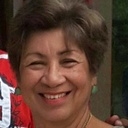
Lidia Antonia Sánchez Fujishiro
Lidia Antonia Sánchez Fujishiro (Santiago de Cuba, 1946). Graduate in History. Currently retired. She worked as a professor at the University of Oriente and as a Museologist specializing in Cultural Didactics in the Plaza de la Revolución “Mayor General Antonio Maceo” in the city of Santiago de Cuba. She has national and international recognition as a researcher, disseminator, teacher and cultural promoter. In 2019 he was awarded the Order of the Rising Sun. Silver Rays by the Emperor of Japan. She is a member of the Union of Historians of Cuba, the Association of Latin American Studies and the Steering Committee for an Association of Japanese descendants in Cuba, as coordinator of the provinces of Santiago de Cuba and Guantánamo.
Last updated June 2020
Stories from This Author
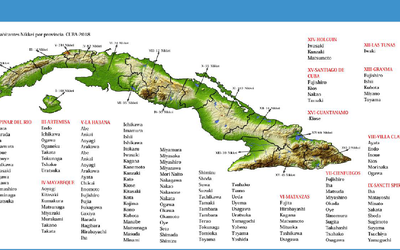
The Nikkei community of Cuba
Dec. 6, 2024 • Lidia Antonia Sánchez Fujishiro
In Cuba there is a long history of descendants of Japanese citizens, and this places them within the global Nikkei community. Cuban Nikkei express the desire to know their history and their belonging to the group of other descendants who, in many places around the world, keep a nostalgic collective memory, conscious or unconscious, that links them to the imagined and intangible Japan, the land of their ancestors. Although everything indicates that the Caribbean was not included in the plans …
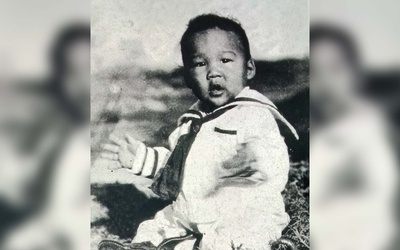
My Name is Kenichi Fujishiro
Oct. 27, 2024 • Lidia Antonia Sánchez Fujishiro
At the beginning of the 20th century, Santiago de Cuba, a city located in the southeastern part of the Cuban archipelago, facing the Caribbean Sea, was characterized by having a population made up of a diversity of immigrants from the American world, Europe, Africa and Asia, but none from Japan, whose presence in Cuba dated back to 1898. Kenichi Fujishiro arrived in Cuba from Chiba ken in 1913. Son of Kokichi and Haru, he was the only son of this …
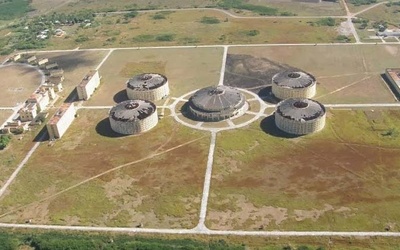
A look at Japanese migration to Cuba: 1898-1958 - Part 2
Aug. 7, 2020 • Lidia Antonia Sánchez Fujishiro
Read part 1 >> From very early times, the Japanese organized themselves in associations 1 , in general sense it is stated that their purposes were relief and mutual aid, in addition to recreation, the promotion of immigration and friendly relations between Cuba and Japan. This is how the Association of Japanese Producers appears, in 1915, in Campo de Carmelina, in Cienfuegos. Also the Japanese Society of Cuba in Old Havana, already in 1927; the important Agricultural Cooperative of the …
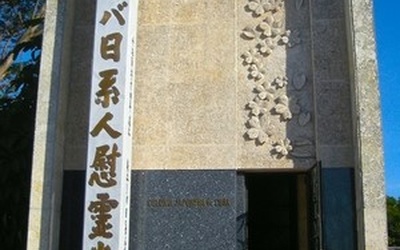
A look at Japanese migration to Cuba: 1898-1958 - Part 1
Aug. 6, 2020 • Lidia Antonia Sánchez Fujishiro
Introduction Studying the characteristics of the Japanese migratory process to Cuba in the first fifty years of the 20th century, from a holistic perspective and articulated with the migratory flows that arrived in Cuba at the same time, is a debt and a challenge for researchers. Multiple causes hinder this purpose: the absence of documentary sources, the distance in time, the lack of interest of Japanese descendants and the difficult access to information in the language of the issuing country. …
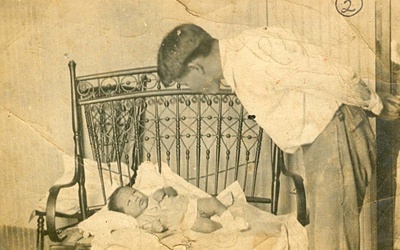
Memories of my grandfather Kenichi Fujishiro
June 1, 2020 • Lidia Antonia Sánchez Fujishiro
My grandfather Kenichi Fujishiro, a Japanese who arrived in Cuba more than a hundred years ago and founded the first Japanese-Cuban family in the city of Santiago de Cuba, was the protagonist of an emotional life story that, although it contains elements common to that of other emigrants Japanese in our country, for us it is very special and unique. This Japanese who arrived in Cuba at just 21 years of age in 1913, coming from Chiba-Ken, from the town …
 We’re looking for stories like yours!
Submit your article, essay, fiction, or poetry to be included in our archive of global Nikkei stories.
Learn More
We’re looking for stories like yours!
Submit your article, essay, fiction, or poetry to be included in our archive of global Nikkei stories.
Learn More
New Site Design
See exciting new changes to Discover Nikkei. Find out what’s new and what’s coming soon! Learn More
Discover Nikkei Updates



See exciting new changes to Discover Nikkei. Find out what’s new and what’s coming soon!

